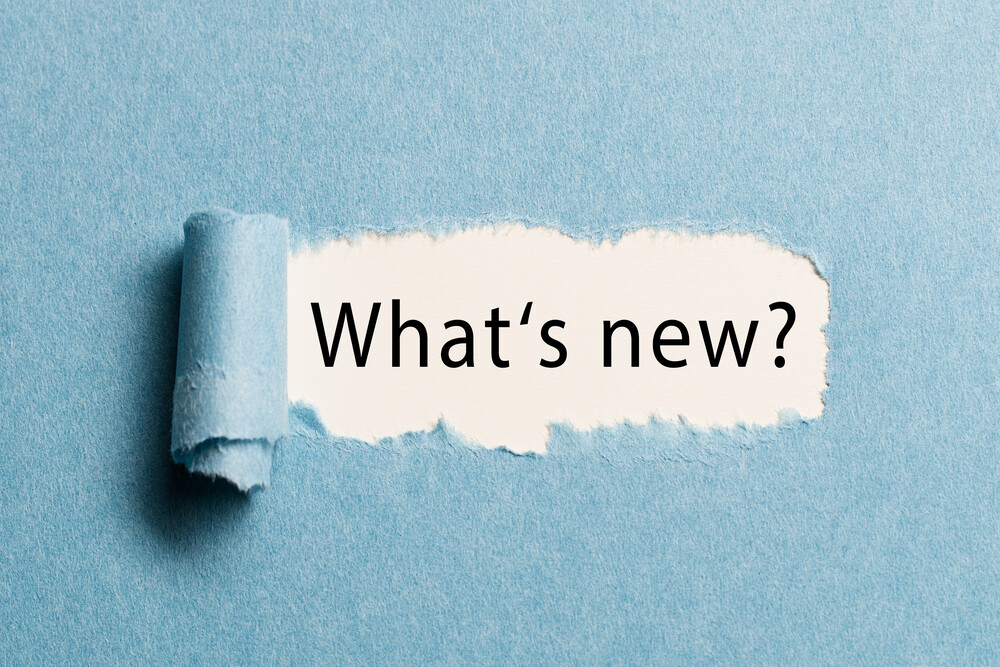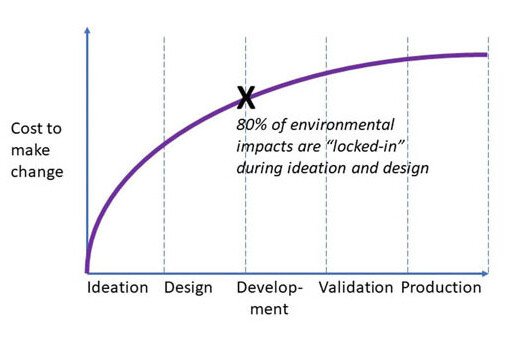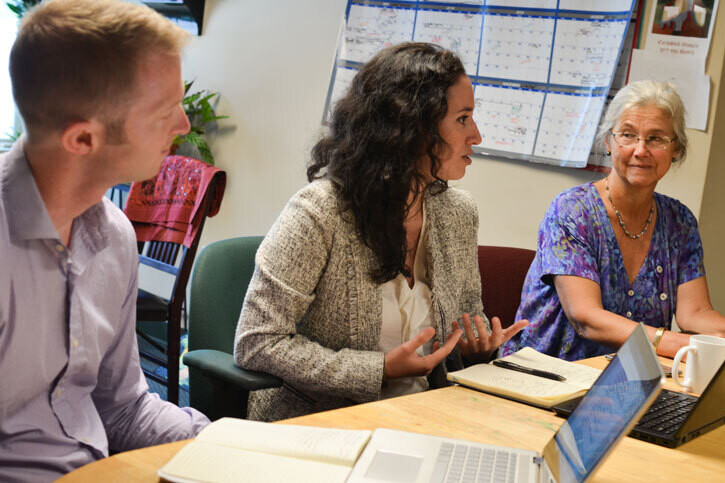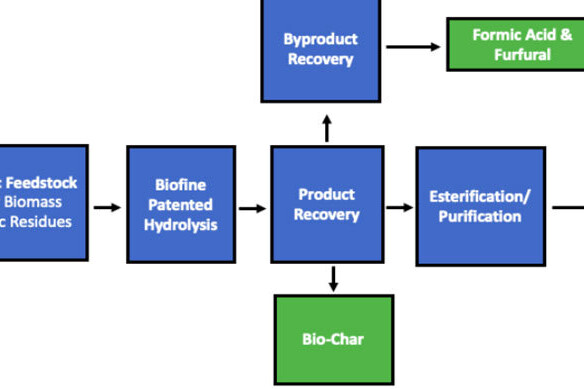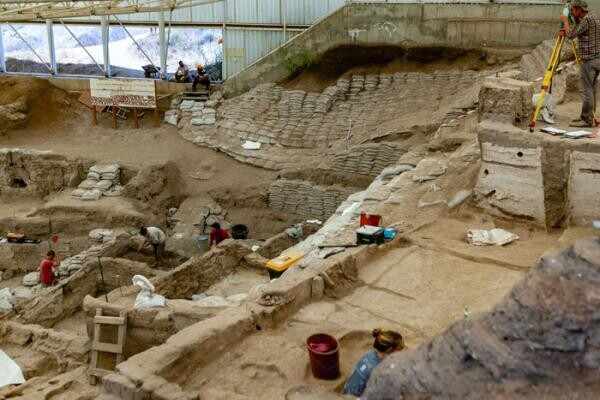Blog
How Life Cycle Assessment (LCA) benefits innovation in the Textile/Apparel Industry
EarthShift Global Partners with Clients to Identify Impacts, Solutions
Distinguished HP Sustainability Leader Tom Etheridge Joins EarthShift Global as Senior Sustainability Advisor
Pioneering user of LCA for business models, and anticipatory LCA for product design, shares thoughts on how enterprises can steer toward sustainability thinking
LCA in the Semiconductor Industry is Lagging: We Need Better and More-Accessible Data
Written by Lise Laurin, CEO and Tom Etheridge, Senior Sustainability Advisor
Using Anticipatory LCA in Consulting: Bringing Insights to Innovation
Prospective LCA and the more comprehensive Anticipatory LCA have been developed to enable the application of LCA to emerging technologies early in their design phases.
EarthShift Global Coaching and Training: The Choice of High Performance Corporate LCA Teams
How EarthShift Global Training Builds High Performance LCA Teams
Bringing A Renewable Fuel Alternative to Market: How LCA Data Helped Biofine Develop New Technology, Win Industry Support
Over 5 billion gallons of heating oil are burned in the US annually, contributing significantly to greenhouse gas (GHG) emissions and climate change.
The Most Important Step in Doing an LCA
“If I were given one hour to save the planet, I would spend 59 minutes defining the problem and one minute resolving it.”

